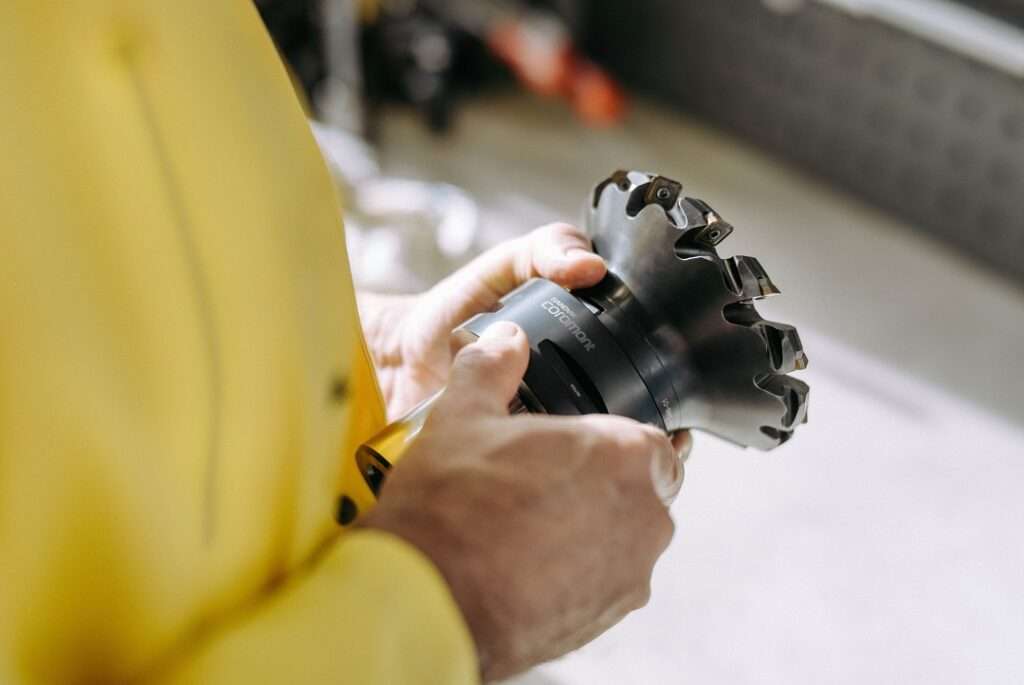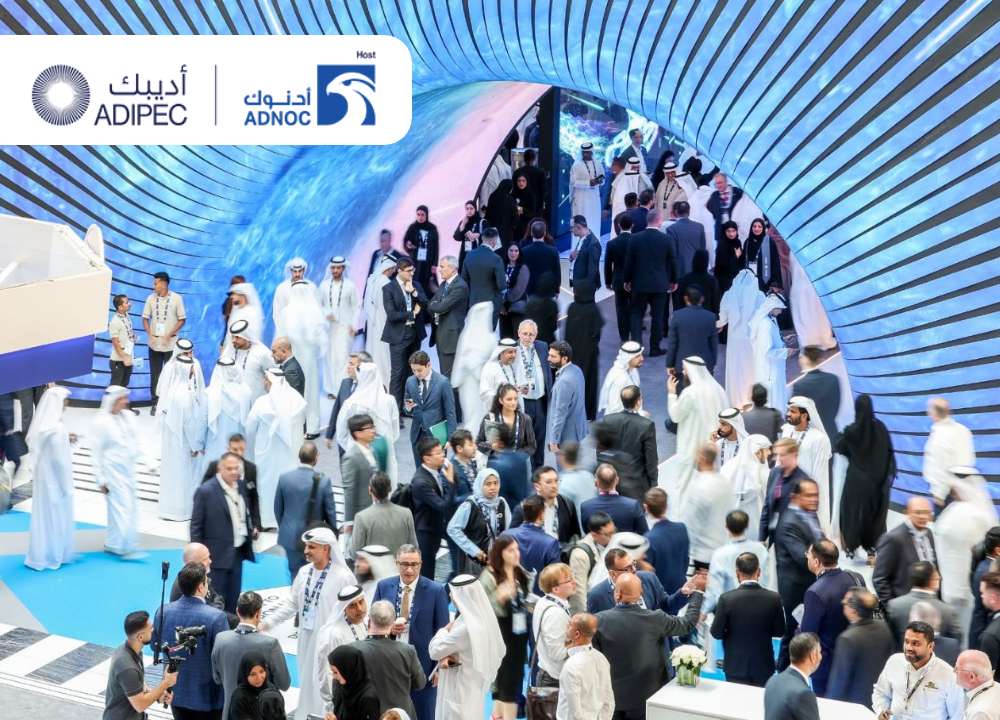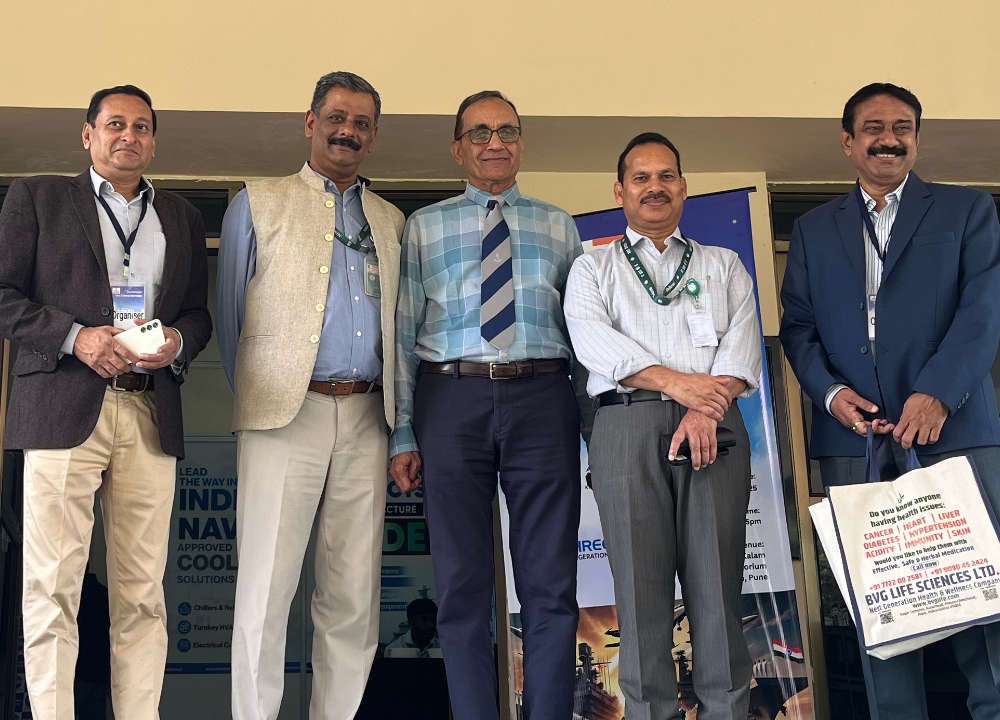In light of the ambitious goal to install one crore household rooftop solar panels under the PM-Surya Ghar Muft Bijli Yojana, solar panel manufacturers are optimistic about substantial growth in installations. Additionally, manufacturers are hopeful that European countries will adopt policies similar to those in the US, potentially opening up the European market to Indian products.
Vineet Mittal, Director of Navitas Solar, a prominent solar panel producer, commented, “The government’s dedication to renewable energy, coupled with policies like the ALMM (Approved List of Model Manufacturers) and BCD (Basic Custom Duty of 40% on solar module imports), is poised to boost demand for domestically produced products. I anticipate an annual increase of approximately 35 GW to 40 GW in solar capacity.”
According to government data from the India Brand Equity Foundation under the Ministry of Commerce & Industry, around 15 GW of solar capacity was installed in FY 24 up to this point. To achieve its target of 500 GW renewable energy capacity by 2030, India needs to add roughly 44 GW annually, requiring an investment of $190-215 billion over the next seven years.
Mittal highlighted that land acquisition and infrastructure development for an efficient transmission network are significant challenges for both the industry and the government. “India’s per capita power consumption is only about one-third of the global average. With power consumption growing at 10%-12% annually, there is an additional demand of 20-25 GW per year. This growing demand, combined with government initiatives, is likely to drive a significant increase in solar installations.”
Vinay Thadani, Director & CEO of Grew Energy, part of the Gujarat-based Chiripal Group, noted, “The pace of solar panel installations is a major issue that needs addressing. The 40% basic customs duty on panel imports is helping manufacturers narrow the price gap with Chinese competitors.”
Regarding international business opportunities, Thadani stated, “Currently, Indian manufacturers face challenges competing with Chinese firms in markets like Europe and the Middle East. The USA remains the most viable market for Indian exporters due to restrictions on Chinese imports. As more countries commit to renewable energy, global demand is expected to rise. Indian manufacturers are closely watching the European market, anticipating that Europe may implement similar policies to those in the US. As the third-largest producer, India is a natural choice for these markets.”
Industry insiders also noted that government policy support and increased investor confidence have improved financing for the green energy sector over the past three years. “Investors are recognizing the future potential and importance of renewable energy. Securing funding is now less of a challenge for the industry.”
Reports indicate that the USA has approximately 300-400 GW of solar manufacturing projects in the pipeline, with many Indian manufacturers exploring partnerships with local players in the US. Waaree Energies plans to launch its US factory by the end of the year, while Navitas Solar and other manufacturers are also considering similar opportunities.
It is important to note that India is the third-largest energy consumer and ranks fourth in total renewable power capacity additions. At COP26, India committed to achieving 500 GW of non-fossil fuel-based energy by 2030. As of May 2024, India’s renewable energy capacity stands at 195.01 GW, with solar power at 85.47 GW, wind power at 46.65 GW, small hydro power at 5 GW, and large hydro power at around 46 GW.








